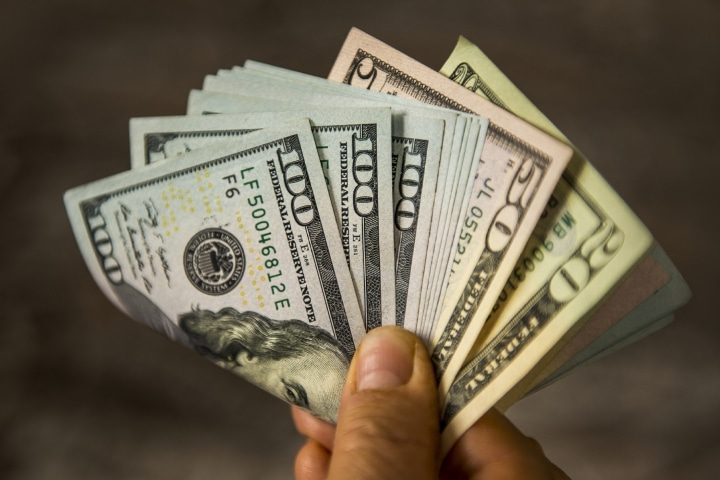
Over the past decade, being a social-media influencer has become a viable and sustainable career path — so much so that the U.S. government has declared it a job that requires taxes. At first glance, it does not seem like something that can offer a sustainable income; after all, the views are not equivalent to the money gained from a YouTube video, and there isn’t any revenue from posting photos on Instagram or making a TikTok video.
Although there is the perception that being a social-media influencer is easy work, that is only true regarding famous and well-known influencers. Yes, they can choose their own work schedules and film or take photos and hire an editor, but starting from rock bottom is difficult.
The industry, depending on what the influencer intends to go into — whether beauty, athletics, video games, comedy, and more, according to Influencer Marketing Hub — has a certain formula. Usually, influencers must be physically attractive unless they are especially funny or especially great at what they specialize in. Secondly, they need to have an outgoing or quirky personality unless they strive to be an Instagram model or beauty guru.
Depending on influencers’ luck, they can immediately skyrocket in popularity or be among the many who never gain much of an audience. However, only after reaching high enough on the popularity pyramid does the money start flowing in.
Influencers’ main profits come from two sources: advertising and sponsorships. That does not seem like it would lead to much, but even snagging a sponsor can be helpful; after all, it is a free product that can range from wireless earbuds such as Raycon or body wash such as Native. The influencer also gets paid, whether via commission pay or up front.
YouTube is a large company that also allows its influencers to profit directly from ad revenue. Depending on the view count of a video or the general popularity of the YouTuber, there are more ads placed on the video. The length of the video also influences how many ads can be placed. And monetizing videos is a very complicated rigmarole for YouTubers.
Because of the popularity of free online content, a lot of money can be made from it. For instance, according to Forbes, Markiplier, who makes YouTube content and has more than 34 million subscribers, has an annual income of $38,000,000. Although most YouTubers or other social-media influencers don’t usually make that much, making a livable income isn’t too difficult once they reach a certain popularity rank.
There are more than 50 million social-media influencers worldwide, and when an influencer hits around 100,000 followers or more on a platform, the money generally starts to come in. Eighty-eight percent of influencers (44 million) make less than $50,000 a year, according to Alts Co. And although that might not seem very luxurious, it is still around the income of a teacher in America or someone who works full-time at a more annoying job; whereas being an influencer gives a lot of freedom, flexibility, and fun. Three percent (1.5 million) report making more than $50,000, which is when being an influencer really pays off.
When considering how much money social-media influencers earn, it is important to acknowledge why it is so profitable for companies to use them as product sponsors, which is a huge part of their income. If it is the right influencer with the right audience, people will purchase the products. But even more important, it is a great business venture for companies just starting off.
For instance, certain brands such as Raycon, Native, or BetterHealth — online therapy — were nonexistent until they spread their sponsorships web-wide. Now, because of those sponsorships, anyone who uses YouTube, Instagram, or TikTok knows about those three companies.
Sometimes, even the most popular of brands can rely on influencers to boost profits. Dunkin’ Donuts notoriously used influencer Charli D’Amelio’s face on their menu as a sponsorship, and the day of the release, Dunkin’ experienced a 25-percent sales boost. Even more impressively, the following day, it became a 45-percent boost, according to Influencer Market Hub.
However, because there are so many influencers, the amount of ad revenue pay and sponsorships being handed out is decreasing. There is a possible “creator sponsor recession,” according to Alt Co. It may be something on the horizon due to the influx of social-media influencers. As anyone who studies economics knows, with every expansion, there will eventually be a recession.
So how long will this boom of popularity and appeal of being a social-media influencer last? And will it be unaffected by the economic cycles, as some believe?



